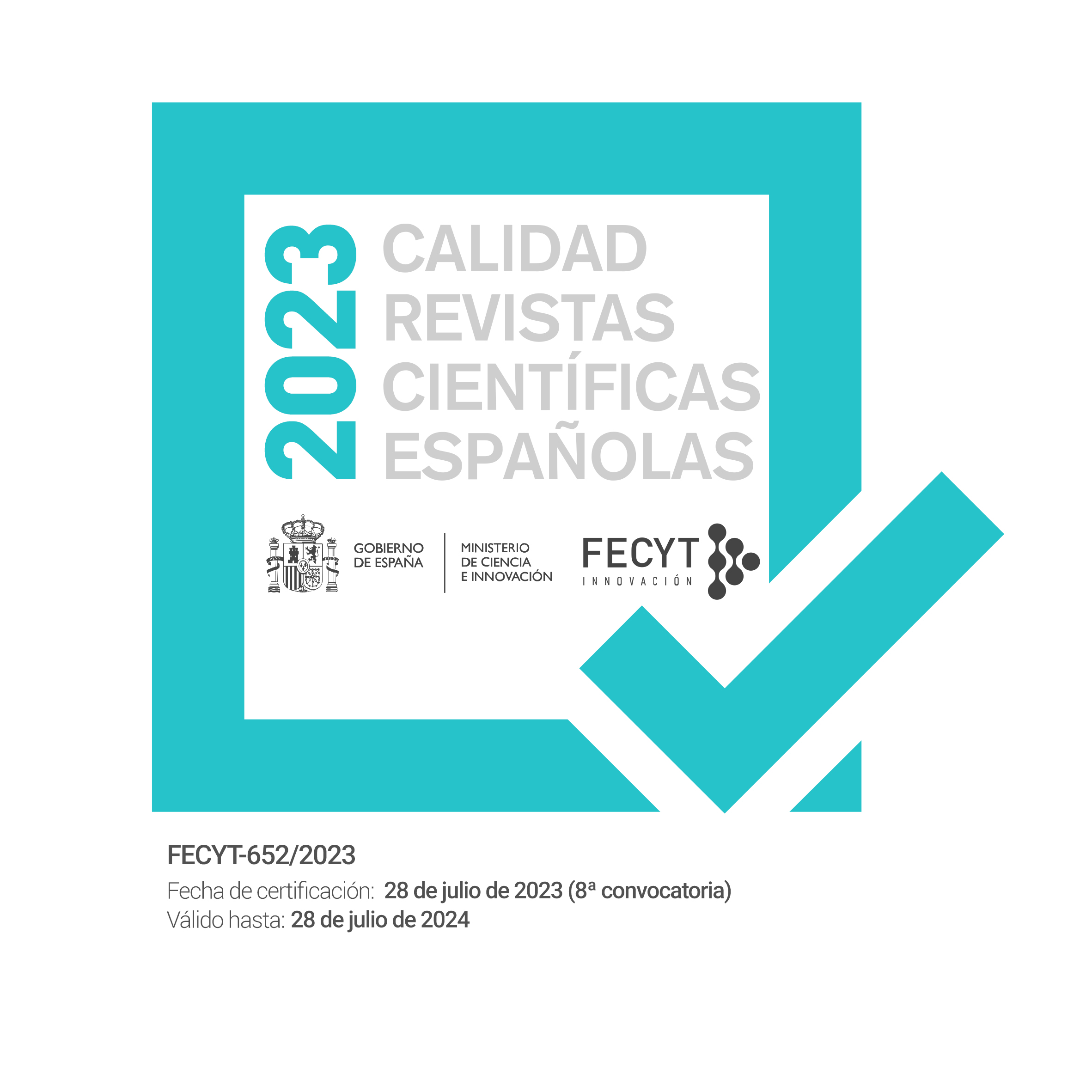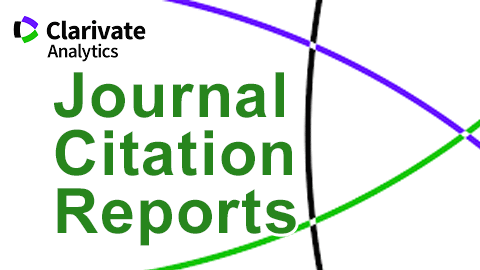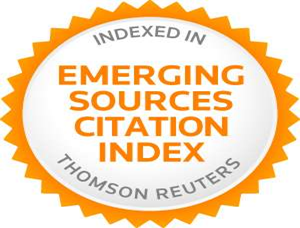The Linguistic Landscape of Two Hispanic Neighborhoods in Washington D.C
Keywords:
Hispanics, linguistic landscape, language beliefs, language practices, language managementAbstract
The linguistic landscape (LL) of two neighborhoods in Washington D.C. is analyzed under the theoretical framework developed by Spolsky (2004) in order to investigate how the Hispanic populations living in these areas use English and Spanish in the public space. Spolsky’s model has three components: language beliefs, language practices, and language management. The LL of these neighborhoods is analyzed through the language practices component in close relationship to language beliefs and language management. Three types of linguistic objects (English-only, Spanish-only, and bilingual signs), both public and private, are analyzed to gain a deeper insight into these communities’ use of these languages in the U.S. capital.Downloads
Global Statistics ℹ️
|
591
Views
|
235
Downloads
|
|
826
Total
|
|
Downloads
Published
How to Cite
Issue
Section
License
Copyright (c) 2021 Iñigo Yanguas

This work is licensed under a Creative Commons Attribution-NonCommercial 4.0 International License.
Attribution - Non-commercial (CC BY-NC). Under this license the user can copy, distribute and publicly display the work and can create derivative works as long as these new creations acknowledge the authorship of the original work and are not used commercially.
Authors retain the copyright and full publishing rights without restrictions.








